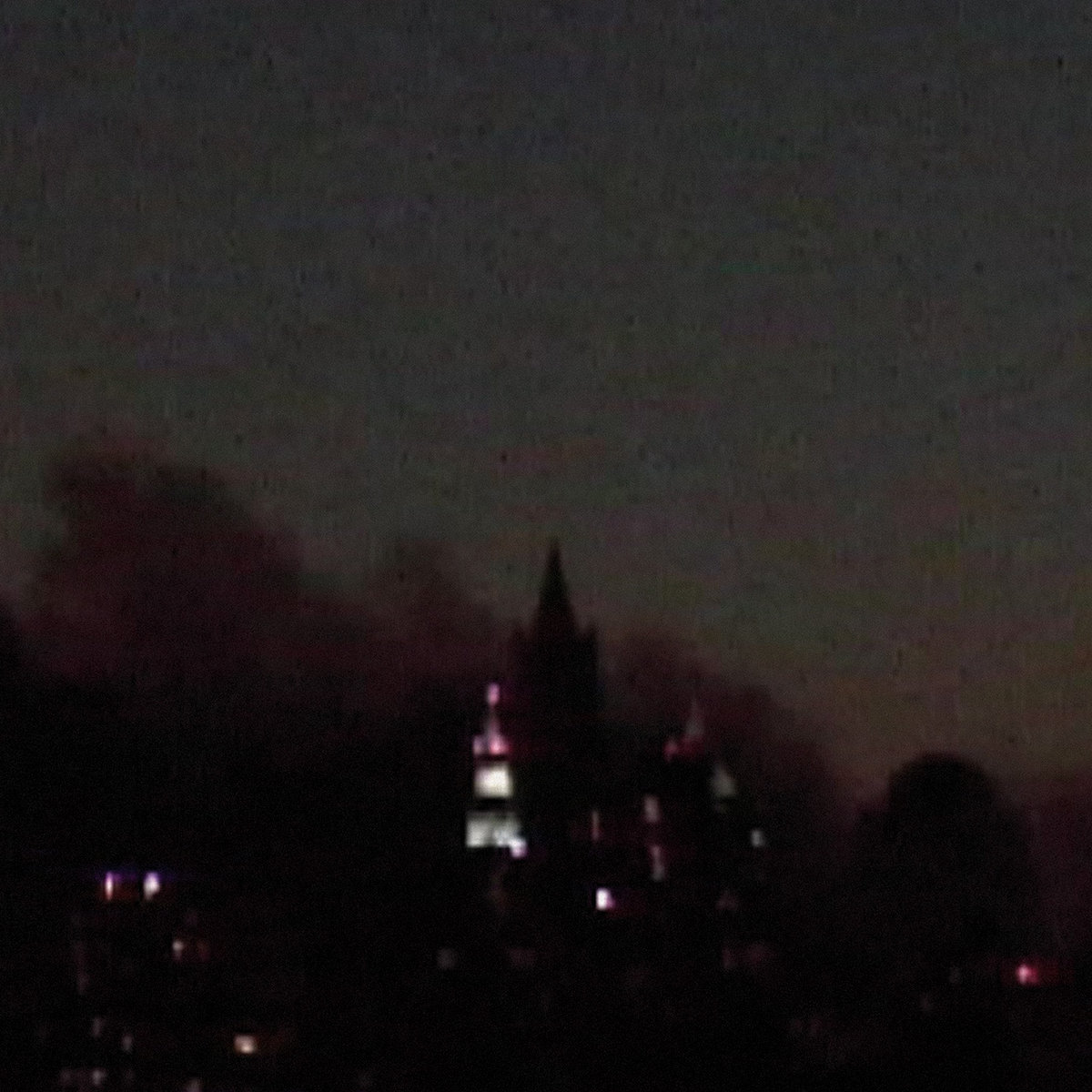

In the 1980s, Basinski recorded from found sound sources, shortwave radio and delay systems, influenced by musicians such as Steve Reich and Brian Eno. Two orchestral renditions have also been performed, and were included in the reissue. It was initially released in four parts, and was reissued in 2012 on its tenth anniversary as a nine-LP box set. The Disintegration Loops gathered critical acclaim. He dedicated the music to the victims of the attacks. The completion of the recording coincided with the 9/11 attacks, which Basinski witnessed from his rooftop in Brooklyn the artwork features Basinski's footage of the New York City skyline in the aftermath of the World Trade Center's collapse. Basinski discovered the effect while attempting to transfer his earlier recordings to digital format. The albums comprise tape loop recordings played for extended time, with noise and cracks increasing as the tape deteriorated.
Disintegration loops series#
Instead it sounds like noises that you would hear in the world: the sound of a bomb exploding in the distance, a crashing wave, and eventually, silence.The Disintegration Loops is a series of four albums by the American avant-garde composer William Basinski, released in 20. Akin to the slow-burning mournfulness of Erik Satie’s Gymnopédies, Basinski’s work exhibits change in minute, almost imperceptible increments until the music no longer bears the imprint of an instrument. Dlp 1, a piece that’s over an hour long, tracks the gradual decomposition of an audio segment that once held the sound of a trumpet. The meditative four-part collection can be seen as a manifestation of the slow motion effect that happens in people’s heads when they’re processing and remembering instantaneous destruction.


The following year, the tapes were issued as The Disintegration Loops, nearly five hours’ worth of extremely haunting noise, borne from audio snippets that were originally only five to 10 seconds long. It became “the soundtrack to the end of the world,” as Basinski once described it. The deteriorated composition, which was once an orchestral piece that stood for romantic American ideals, now represented one of the most cataclysmic and fatal events in the country’s history. The next day, he reviewed the footage and paired it with his newly made sound piece, beginning to ascribe a new meaning to the music. Shortly after he digitised these new sound pieces, Basinski found himself watching the September 11 attacks from his Brooklyn loft, and started ideotaping the twin towers crumbling across the water. The iron oxide particles that coated the plastic tape were turning into dust, and more gaps of silence were breaking into the piece of music. After one particular piece was looping for a while, he realised that the tape was gradually crumbling with each pass around the head of his digital recorder.
Disintegration loops archive#
In 2001, the New York-based composer Basinski was looking to archive some “sweeping pastoral pieces” that he had recorded in the 80s onto analogue tape. But a more unlikely, musical portrayal of the phenomenon can be heard in William Basinksi’s The Disintegration Loops, one of the most poignant, devastating pieces of ambient music that has come to serve the tragedy of 9/11. Tachypsychia has been rendered visually ad infinitum – just take a look at any car commercial that’s showing off the impressive reaction rate of their air bags. Scientists say that this temporary sense of “slow motion” is triggered when a person is bombarded with so much information at one time, their memories become more densely packed in order to process all the stimuli. This neurological phenomenon is called tachypsychia, and it can come on when someone undergoes a near death experience, like a car crash. An event that passes in the blink of an eye can feel like it goes on for minutes. When people are enduring a particularly emotionally intense event, their perception of time can begin to slow down.


 0 kommentar(er)
0 kommentar(er)
